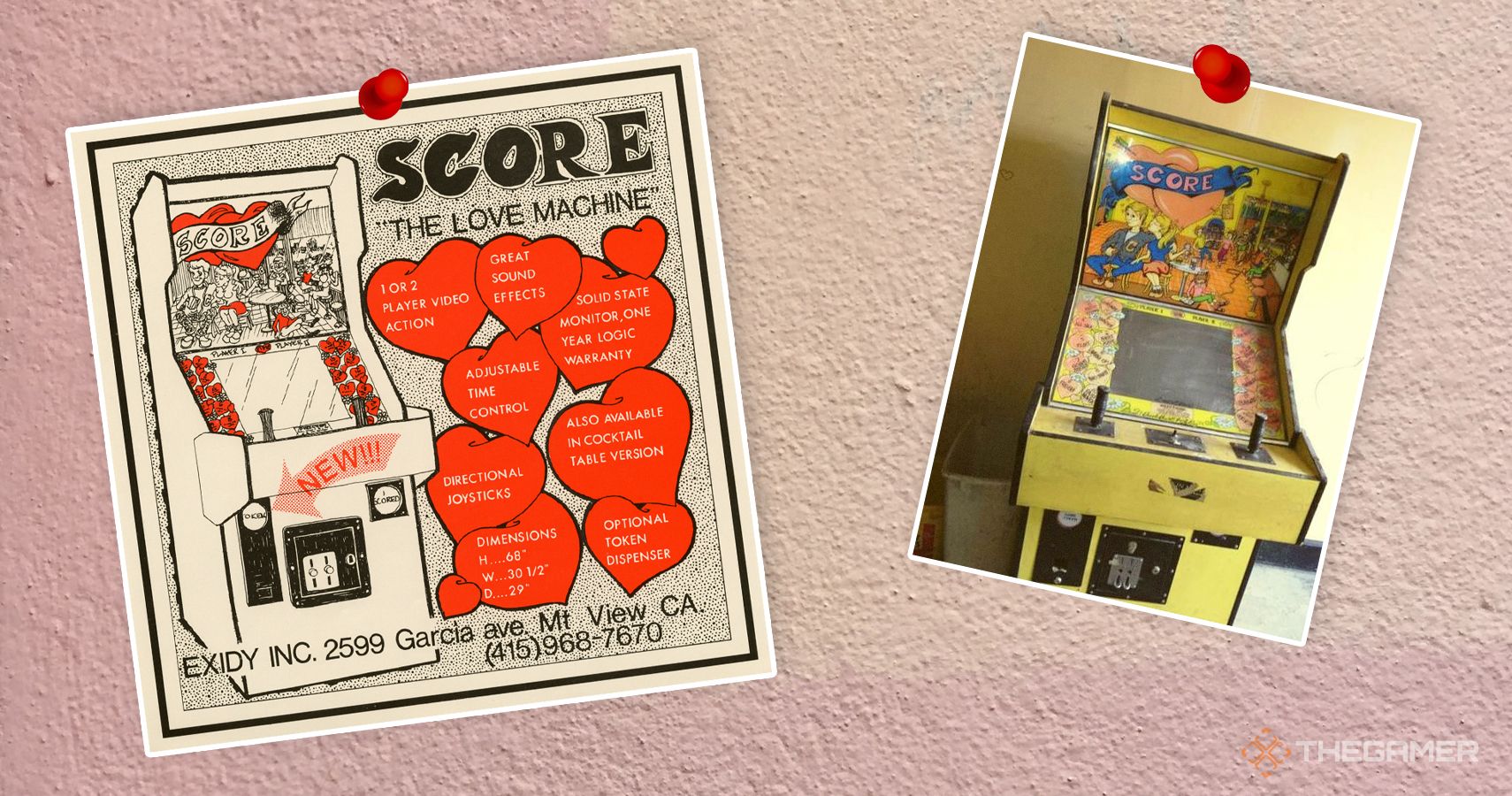Metroid is often touted as a revolutionary title, one that championed female representation by putting players into the boots and mech suit of Samus. This is absolutely true, and by no means do I intend to discredit its incredible legacy. For once, women were at the centre as heroes rather than damsels in distress. However, t wasn't the first, as is often claimed. Rather, an obscure and lost-to-time arcade game did it a good ten years prior.
Excellence in Dynamics, or Exidy for short, began in 1973 in Silicon Valley, California. It also shared a home with Atari in Sunnyvale, and made, as many did at the time, a wealth of Pong clones. After riffing on gaming's beginnings for a while, it changed gears in 1975 and brought out Destruction Derby, an arena of clashing cars all aiming to survive the mechanical carnage to be the last man standing. Its spiritual successor, Death Race, soon followed in 1976, and brought one of gaming's first major controversies - it had you running over 'gremlins' that appeared much like pedestrians rather than other cars. Critics like the New York Times claimed, "On TV, violence is passive. In this game, a player takes the first step in creating violence. The player is no longer just a spectator. He's an actor in the process."
After the wash of a dire media scandal, the first of its kind, Exidy eventually moved onto the romance genre, a seemingly safer bet after the carnivorous press tore at the ligament of their heels for their violent video game. Score, as it was called, was a title all about chasing and tagging, like those playground games of catch-and-kiss, with a button tap that changed your character between man and woman. It launched in 1977 and was, in essence, a reskin of Exidy's biggest, infamous hit, Death Race. A reskin of a reskin, swapping the tombstones that the 'gremlins' became upon death with hearts, the cars with humans, and the definitely-not-pedestrians with the opposite gender. Yet, there's no remaining rendition to show just how this appeared, or even what the first playable woman sprite looked like. A huge part of gaming's legacy has been lost.
All we have to go on now is descriptors from newspapers of that era, as pictured below.
Score was succeeded only a year later by 'Football,' and so it fell into the vague mystified catalogue of throwaway titles in Exidy's portfolio. The company likely didn't realize the implications of what it had just released, its importance, its potential for retaining a legacy for being the first, and perhaps even a game that, if marketed well, could have influenced others to do the same. Yet, it didn't make much of a dent in the medium, and so it lingered as the only example of female leads in games in the '70s. It wasn't until the aforementioned Metroid launched that the gaming scene began to shift, hence its own recognition as a progressive staple of inclusivity in the '80s.
While we can't see what it looked like, unfortunately, there is plenty of footage of Death Race, the game that Score was a reskin of. Its status as one of gaming's first controversies meant that it was widely reported on in the news, with plenty of interviews with those who had played it. Some used racist language to describe the gremlins, some said that they would never actually kill anyone in real life, while others said it was good stress relief because that's exactly what they wanted to do.
It was a hot topic, a huge point of contention, a spark in the industry that's flame still flickers today, with many blaming videogames for rampant violence as an easy get-out-of-jail-free card. Exidy isn't a household name and it never managed to keep a firm grasp on its place in gaming's history, eventually fizzling out in the '90s. It was the 'first' for many things, but it's standing proof that 'first' doesn't always equal best or most memorable. Yet, it's disappointing that the first-ever reception to being able to play as a woman wasn't documented in the same way that the reaction to violence was.
Warning: racist language used in the video below.
Perhaps there's a glimmer of hope at the end of Exidy's bumpy tunnel riddled with cracks and potholes, illuminated only by a dim lightbulb running on a backup generator's sputtering fumes. In 2006, Mean Hamster Software acquired the rights to develop Exidy arcade games, while in 2015, CollectorVision Games registered the trademark to Exidy's name and logo. It's an indie developer and publisher with the last game released under its banner being Sydney Hunter and the Curse of the Mayan in 2019, a platformer that garnered decent reviews, sitting at a respectable 72 percent on Metacritic.
With the studio still being active, maybe one day it will take advantage of the trademark, perhaps going as far as to create a bundle of these classic arcade titles like many other studios have. If we're lucky, somewhere out there, there could even exist a copy of Score that CollectorVision would be privy to. In that case, the very first playable female character's sprite could be resurrected. Or, it could be that it's simply lost forever and that it'll never be seen again.
That would certainly be a tragedy, but a glaring example of just why video game preservation is such an important goal, something that everybody should strive for. In the moment, you might not realize the importance of what you're doing, and fifty years down the line, it might be that it fades into obscurity because of that failure to preserve. Losing these vital moments in the medium's history is heartbreaking, and we should look to avoid that going forward, learning from the mistakes of our predecessors in the past.

